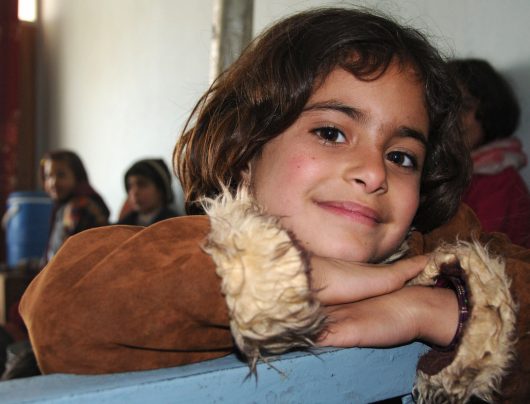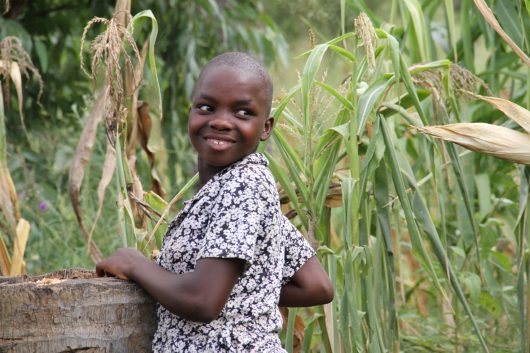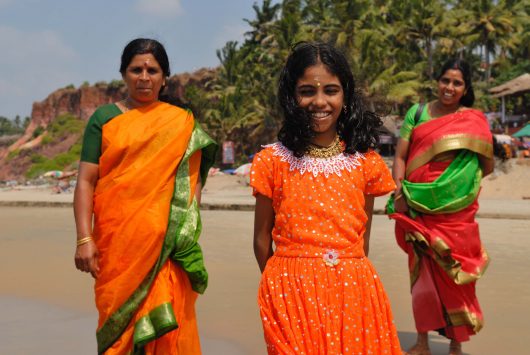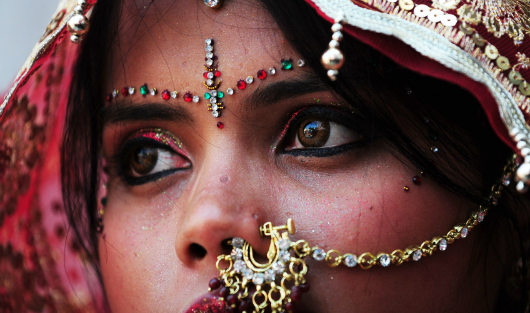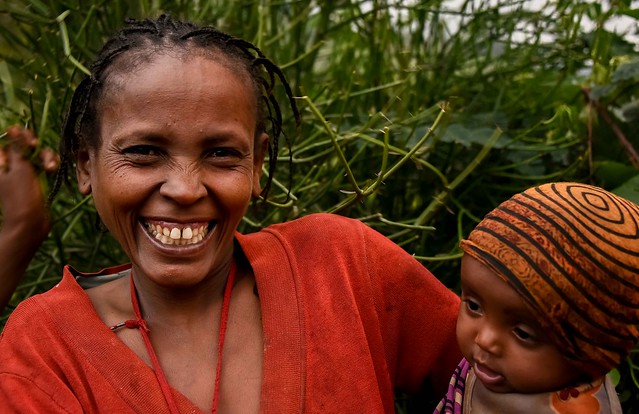 There are many reasons for people around the world to use their voices and advocate for social equality. Here is a list of five women activists in developing countries.
There are many reasons for people around the world to use their voices and advocate for social equality. Here is a list of five women activists in developing countries.
Top 5 Women Activists in Developing Countries
- Kriti Bharti
The founder of the Girls Not Brides movement in Rajasthan, northern India, Kriti Bharti prevented over 900 child marriages. Kriti established the Saarthi Trust in 2011 to pull girls from forced child marriages and to educate them on their societal rights. Bharti is both a social activist and a rehabilitation psychologist. She set up rehabilitation programs for the girls released from child marriage.The Girls Not Brides movement has forums that provide food, shelter and water for girls banished from their families. The forums also include educating girls on their societal rights and providing them with life skills such as sowing. Twenty-seven percent of girls in India marry before the age of 18 resulting in India being the highest country with child brides. The Saarthi Trust was the first organization in India to annul a marriage and annulled 31 other child marriages since 2012.Poverty is a leading cause that resolves itself in child marriage. Usually, families marry off their young daughter to help alleviate finances; the younger the bride, the lower the dowry (a form of payment). Gender norms also play a key factor in child marriages. A girl is of lower value in general. Typically, females are not able to contribute to society because of this, leading their value to be held in household chores and motherhood. Moreover, a woman’s value is upheld in her benefitting her marital family more than her blood family. Thus, the family will usually educate their sons rather than their daughters.
The South Asia Initiative to End Violence Against Children (SAIEVAC) takes local action against abuse towards children by providing shelter with food and water and by educating girls in jobs. The Sustainable Development Goals stated that India is striving to end child marriages and forced labor by the year 2030.
- Malala Yousafzai
Malala is now a household name across the world. The youngest person awarded the Nobel Peace Prize in 2014; she now uses her voice and her story to speak for the women around the globe who could not. “I tell my story not because it is unique, but because it is the story of many girls,” Yousafzai said.After she spoke out against education oppression towards girls in 2012, a Taliban gunman shot Malala in the head in 2012. Then, she began the Malala Fund. The Malala Fund now reaches six different countries; Afghanistan, Brazil, India, Nigeria, Pakistan and Syria. In each country, it recruits female teachers and tries to bridge the gap between gender disparity in education. It also educates teachers and students on gender discrimination, teaches girls how to speak about their rights, gives free secondary schooling and campaigns for new policies advocating for girls’ education. The goal of Malala’s Fund is to give girls “12 years of free, safe, quality education.” - Holida, Suci and Ria
The Yes I Do project of Indonesia began with three girls advocating against child marriage in their village and country. Holida, Suci, both 18, and Ria, 16, advocated that the abuse’s of child marriage is everyone’s responsibility to end. The Yes I Do project strives to prevent child abuse and forced sexual acts due to the selling of young girls into marriage. The project exposes the effects that sexual abuse has and the ways it affects reproductive health.Through village forums and discussions, the girls highlighted with their fellow neighbors that they have the same rights as boys do. Through their voices, child marriage cannot go unnoticed. Now, when a girl is forced or marries young, people talk about it. This gives fire to Holida, Suci and Ria’s campaign. The girls plan on making a movie to take to other villages around their own. “We want everyone to know why child marriage is wrong so that girls everywhere can achieve their dreams,” Suci said. - Manal al-Sharif
Manal al-Sharif, an Iraqi woman, co-founded the Women to Drive movement bringing awareness to the oppression of women’s rights in Saudi Arabia and bringing back the ability for women to drive. In 1957, Saudi Arabia decreed that women could no longer drive. In 1990, a large protest took place where 47 women drove around the country’s capital. Over 20 years later, in 2011, Manal al-Sharif started the Facebook campaign called Women to Drive to spread awareness of their oppression.Later that same year, al-Sharif and fellow co-founder, Wajeha al-Huwaider, recorded a video of themselves driving and speaking out against the difficulty of being a woman and commuting. In June 2018, King Salman issued a decree that Saudi women could obtain a driver’s license. Al-Sharif and the women advocating for years for freedom for their gender are making progress. Since the summer of 2018, women can take to the road, something they were not able to do for 62 years. - Zahra’ Langhi
The Lybian Women’s Platform for Peace (LWPP) is an organization that puts pressure on the government to give opportunities to women to uphold sociopolitical places within government and society. Zahra’ Langhi is a co-founder and feminist activist who started speaking out in 2011 when Muammar Gaddafi’s reign ended after decades of abusing his power over the country. The leading effects after the uprising resulted in 35 women joining together to form LWPP. The state of Libya is dangerous and unbalanced, especially for women advocating to eliminate corruption in politics. Langhi never gave up her voice and continues to speak for compassion and understanding to infiltrate her country. “We need to start acting as agents of compassion and mercy. We need to develop a feminine discourse that not only honors but also implements mercy instead of revenge, collaboration instead of competition, inclusion instead of exclusion,” Langhi said.
These five women activists in developing countries spread their knowledge to their fellow neighbors and friends. From halfway across the globe, people Western countries can stand next to these women activists in developing countries and let them know they have support.
– Hannah Vaughn
Photo: Flickr
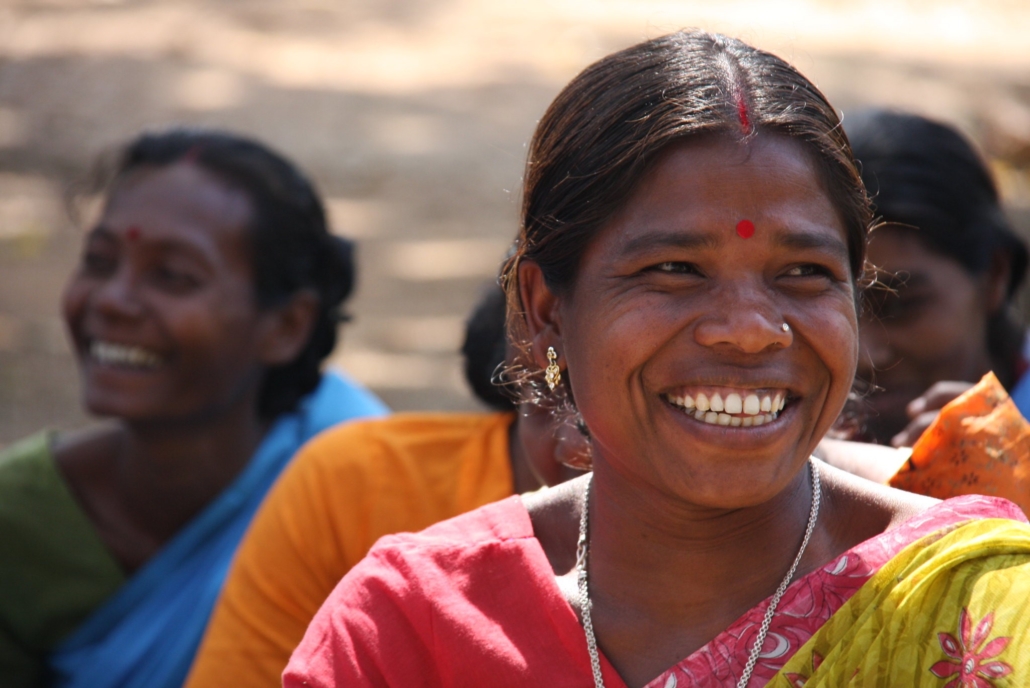
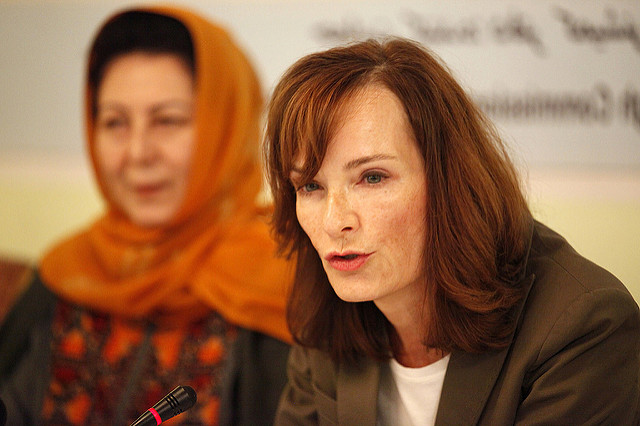 Afghanistan is often ranked as the world’s
Afghanistan is often ranked as the world’s 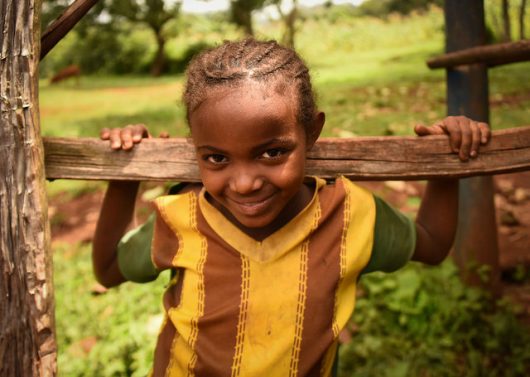 According to the organization
According to the organization 